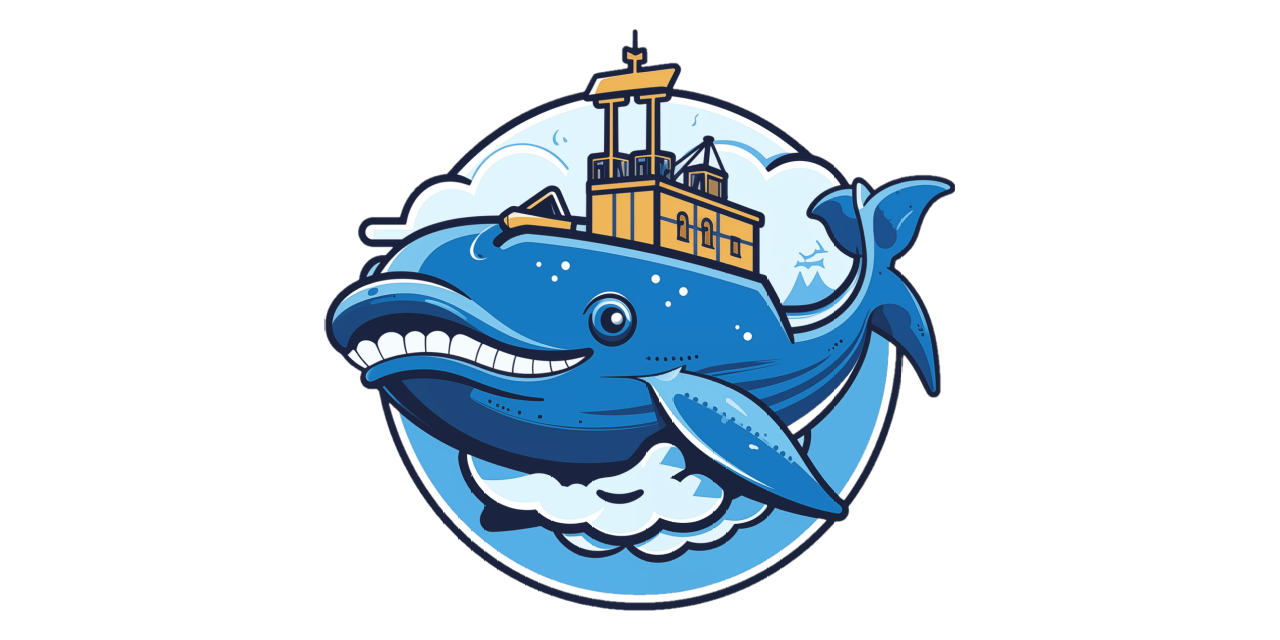https://github.com/Notifiarr/dockwatch
Automated Container Management and Notifications w/ beautiful WebUI
https://github.com/Notifiarr/dockwatch
containers docker docker-monitoring docker-notifications docker-updater docker-updates
Last synced: about 1 month ago
JSON representation
Automated Container Management and Notifications w/ beautiful WebUI
- Host: GitHub
- URL: https://github.com/Notifiarr/dockwatch
- Owner: Notifiarr
- License: mit
- Created: 2023-11-14T23:31:49.000Z (over 1 year ago)
- Default Branch: develop
- Last Pushed: 2025-04-09T18:45:22.000Z (about 2 months ago)
- Last Synced: 2025-04-09T19:42:10.602Z (about 2 months ago)
- Topics: containers, docker, docker-monitoring, docker-notifications, docker-updater, docker-updates
- Language: JavaScript
- Homepage: https://dockwatch.wiki
- Size: 2.94 MB
- Stars: 178
- Watchers: 5
- Forks: 10
- Open Issues: 9
-
Metadata Files:
- Readme: README.md
Awesome Lists containing this project
README

# Dockwatch
## Purpose
Simple UI driven way to manage updates & notifications for Docker containers.
## Wiki
We used to keep most of the information here but it was not organized or pleasant having to do so much scrolling. Instead, there is a wiki available that explains everything in detail. If you need further assistance there is a Support link on the main page of the wiki to get you into the right Discord server for help.
Click [dockwatch.wiki](https://dockwatch.wiki) to head over there!